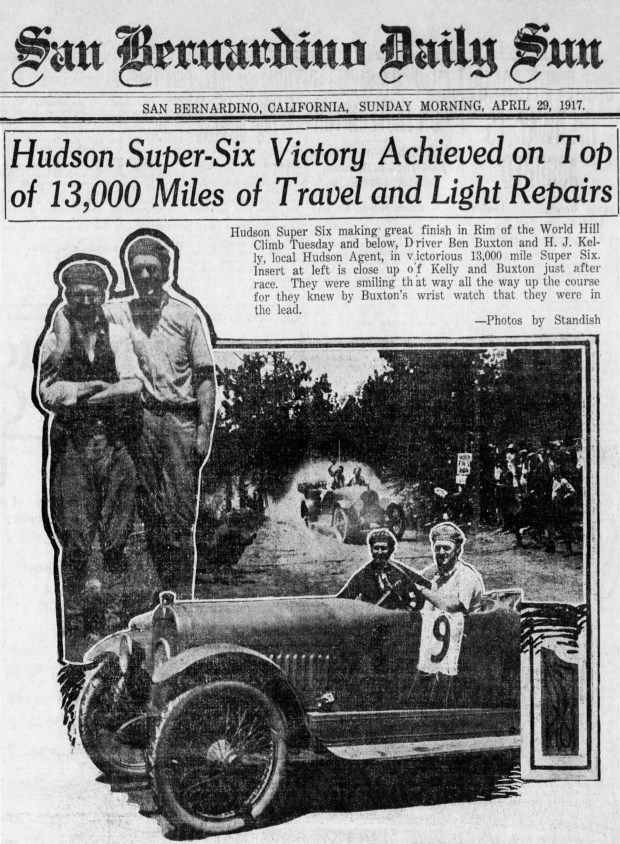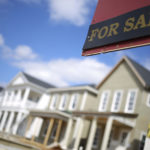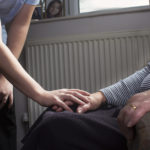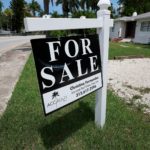
In the early 1900s, Southern California’s diverse terrain and weather conditions became a magnet for automobile manufacturers and owners who wanted to test their machine’s capabilities. The automobile proved its worth in the early endurance tests, and the testing quickly evolved into races pitting automobiles and drivers against each other.
In August 1899, Redlands orchardist Cass Gaylord became the first person to own and test an automobile in San Bernardino County.
Gaylord purchased his Haynes-Apperson 2-cylinder, 5-horsepower automobile for about $1,200, and he quickly began to test the machine on local terrain. He found the machine’s speeds of 10-15 mph on level ground to be adequate, but he was disappointed it couldn’t negotiate the steeper grades.
After extensive testing, Gaylord found the vehicle to be so underpowered iit was not useful, and he sold it to a doctor in Riverside.
One of the first serious tests of an automobile’s function and endurance in Southern California took place in the San Bernardino Mountains on June 30, 1900.

On that warm summer day, Dr. C.A. Sanborn and F.E. Olds of Redlands drove Sanborn’s Locomobile automobile up the steep grades of City Creek Road, and they became the first men to drive an automobile to the mountain communities of Crestline and Fredalba.
An article in the L.A. Times on Nov. 11, 1900, recounted the journey; “The gentlemen visited Fredalba Park in the San Bernardino Mountains, riding over City Creek Road, which in places was very sandy and had a grade of 30 percent.” According to the Times article, some places on their journey had no roads; “The timber cutters were working along the trail and for some distance the riders were forced to pack their carriage by hand over logs and brush.”
In April 1902, Sam Joiner, a contractor for the U.S. Postal Service made a pioneering decision to use an automobile to carry mail from San Bernardino, across rugged desert wagon roads to the Dale Mining District near Twentynine Palms. This was not the first attempt to deliver mail by automobile, but it was certainly one of the most rugged and demanding routes.
The first successful trip by automobile over the Cajon Pass occurred in late 1904 when E.C. Sterling of Redlands drove his White Steam Car from San Bernardino, to his ranch in Victorville. On one of Sterling’s subsequent trips through the pass, he made the journey in just 3 hours and 15 minutes, an amazing feat considering the entire route was a wagon road.
By 1905, there were about 6,500 cars, trucks, and motorcycles in California, and automobile endurance tests or “runs” were becoming very popular. These were unique events where virtually anyone with an automobile could participate in a variety of events including timed endurance runs and hill climbing.
Automobile dealers began sprouting up around Southern California.

The dealers were often on the cutting edge of testing the endurance of their vehicles, and promoting their extraordinary feats in the local newspapers. On June 17, 1906, the Los Angeles Herald reported; “E.J. Bennet, agent for the Wayne automobile, who has been participating in some lively activities with his beautiful model G light touring car, took a party of four up Mt. Lowe last Sunday.”
In May of 1909, A.W. Burt, manager of the San Antonio Heights Railway in Ontario, began testing his new Duro automobile for use as an auto stage between the upper end of the railway and Camp Baldy. Burt placed a special order for the car from the Durocar Company of Los Angeles, and in his performance tests, the car made the trip to the camp in just 43 minutes.
The Duro became a local favorite for its reliability and ability to traverse rough roads and steep terrain. In 1910, mapmaker and road scout Charles F. Gates purchased a Duro and began testing it in the mountains and deserts.
Newspapers began chronicling Gate’s test runs, and a June 12, 1910, article from the Los Angeles Herald proclaimed; “Pathfinder Gets Mountain Climb.” The article described a trip through the Cajon Pass and into the desert; “As a recent weekend trip he went to the San Bernardino Mountains, climbed Cajon Pass and plugged out on the desert all day and then got back to Los Angeles for dinner Sunday night.”
The challenging roads of the San Bernardino Mountains provided an exciting course for the Rim of the World Hill Climb, held on April 24, 1917. Thirteen drivers and their mechanics battled it out on an 8-mile course up the Waterman Canyon grade from the Arrowhead Settlement (near today’s intersection of Sepulveda Avenue and 40th Street in San Bernardino) to Skyland.
Ben Buxton drove his Hudson Super Six to victory, with a time of 18 minutes and 8.4 seconds. Only two cars did not finish; one car broke a wheel, and another did not start the race. Ed Reber’s Chevrolet finished fifth even though the passenger seat caught on fire.
With blazing speeds, reliable performance, and no significant crashes or injuries, the Rim of the World Hill Climb proved that automobiles had improved dramatically in only 18 years.
Thousands of people from all over Southern California came to watch the daring men test their vehicles against the dirt road that scaled the mountain. Most vehicles were entered by local automobile dealers such as Harry J. Kelly’s, Hudson dealership, and the San Bernardino Motor Car Company. Kelly’s dealership received $200 for the first place run.
Automobiles continued to advance rapidly over the next few years, and the auto manufacturers became the major promotors of endurance testing. In August 1920, an Essex automobile smashed the New York to San Francisco cross-country record by more than 12 hours, when it made the ocean-to-ocean trip in 4 days, 14 hours, and 43 minutes.
By the 1930s, national advertising had become more sophisticated, and automobile manufacturers sent their vehicles out with teams to test the machines and garner publicity.
In early 1935, the Packard Motor Car Company shipped four new Packard 120s to the West Coast for thorough testing. The cars were driven through the mountains and deserts of Southern California, and the drivers made a stop in Lone Pine Canyon near Wrightwood for a photo.
We can credit many of the early automobile owners and their trailblazing journeys for the incredible progress made by the auto industry in the early 1900s. In many cases, they were just regular citizens eager to test the limits of their machines, and help the nation move forward into the automotive era.
Mark Landis is a freelance writer. He can be reached at Historyinca@yahoo.com.





